Product data for WooCommerce – directly from OpenDIMS PIM module to WooCommerce

You’ve just set up your website with WordPress and created an online store using their WooCommerce plugin… that’s a great start and congratulations! It’s no small feat. But now you’re faced with the task of importing data into your WooCommerce webshop, and it might be a little more complex than you first thought. Don’t despair though, because in this blog post we’ll go through the different methods you can use to get your product data into your WooCommerce store. Whether it’s manual import, bulk import with plugins or importing using PIM systems, you’ll soon be an expert.
Product data import basics for WooCommerce
Importing product data correctly is essential for any e-commerce business. Your goal should be to limit errors and save time by importing all data correctly the first time. But before you can import your data, you must first create a product database in a spreadsheet. It’s important that the spreadsheet is well organized and includes columns for important information such as SKU, title, description, price and inventory. For more guidance on creating a product database in a spreadsheet, take a look at our blog post on the topic. Once your product information is stored in a database, you need to export it to a CSV or TXT file in order to import it into your WooCommerce online store.
CSV files for WooCommerce
It’s important that your CSV file is set up correctly in order to be imported into your WooCommerce account. Follow these guidelines for a smooth import:
- The CSV file must be in UTF-8 format.
- Dates must be defined in the store’s local time zone.
- Use 1 or 0 in your CSV file if you are importing a Boolean value (true or false).
- Multiple values in a field must be separated by commas.
- Using quotation marks around values allows you to insert a comma.
- Prefix the ID with “id:” if you are referring to an existing product. Prefix is not required when referencing a SKU. For example: id:100, SKU101.
- Custom metadata is supported and imported, but only as plain text JSON or serialized data is not supported.
- Taxonomy hierarchy is indicated by >, and terms are separated by commas.
- Draft products are exported non-only published and privately published products.
- It is not possible to assign a specific postal ID to a product upon import. Products will always use the next available ID, regardless of what is included in the imported CSV.
If you’re starting from scratch and haven’t uploaded your products anywhere yet, it’s best to create columns according to WooCommerce’s labeling system. Here are some basic columns that match WooCommerce’s labeling system that you can start with:
- SKU – Unique identification number for the product.
- Name – Product name.
- Description – Detailed product description.
- Short description.
- Normal price.
- Selling price.
- Categories – What category does the product belong to: clothing, appliances, music, etc.
- Images – URLs to images you want to display for the product.
Import via WooCommerce’s built-in feature
Once your CSV file is ready, it’s time to import your products. Follow these steps:
- Log in to your WooCommerce dashboard: Go to your WooCommerce admin panel and navigate to the “Products” tab.
- Select the import option: In the “Products” tab, click “Import” to start the import process.
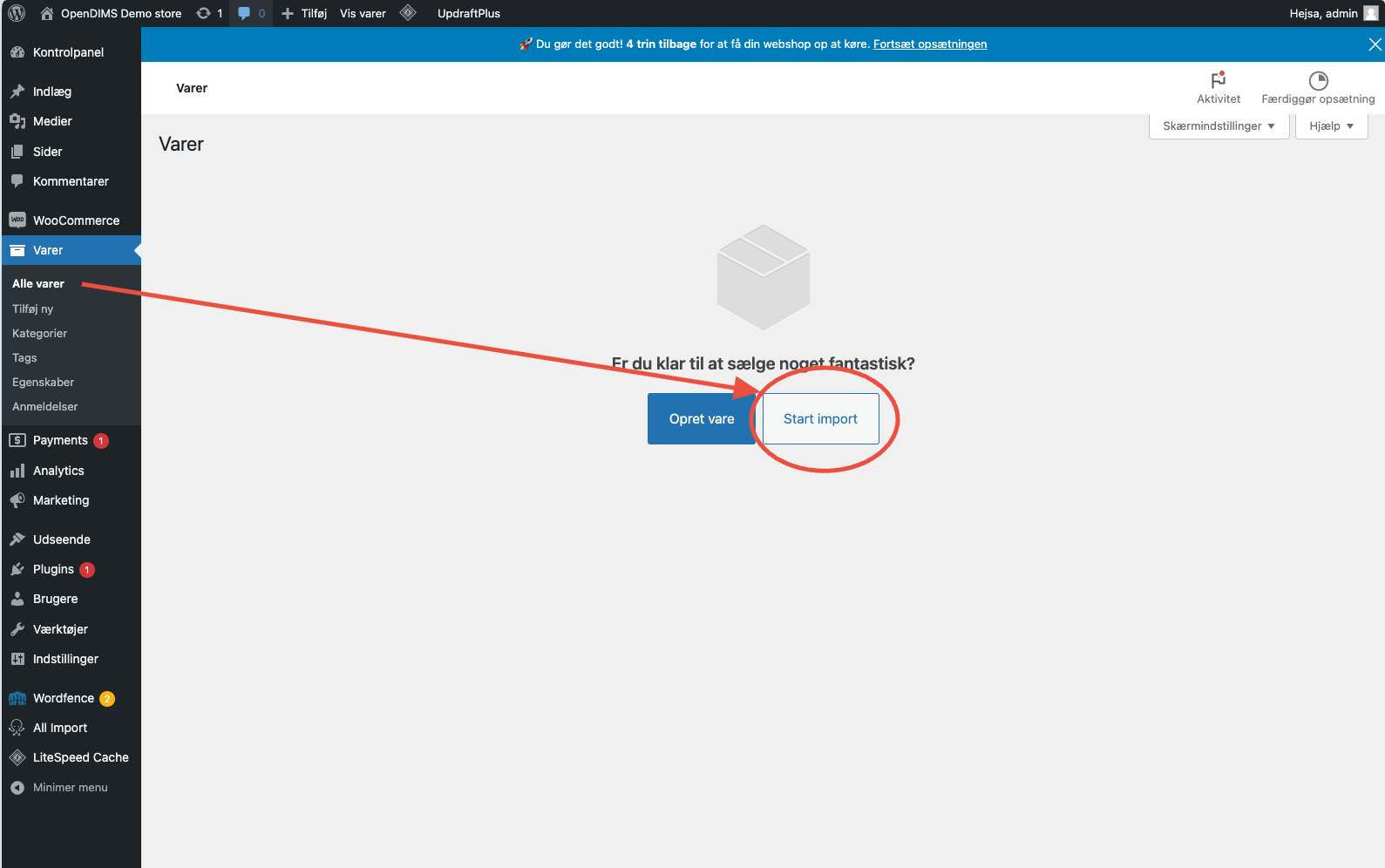
- Upload your CSV file: Select your prepared CSV file and make sure the column headers match WooCommerce’s products. You can find a reference to the column headers and download an example to make mapping easier.

- Map your data from CSV to WooCommerce products: WooCommerce will automatically try to map your CSV columns. Verify the mappings and make adjustments if necessary. This step is essential for accurate data transfer.
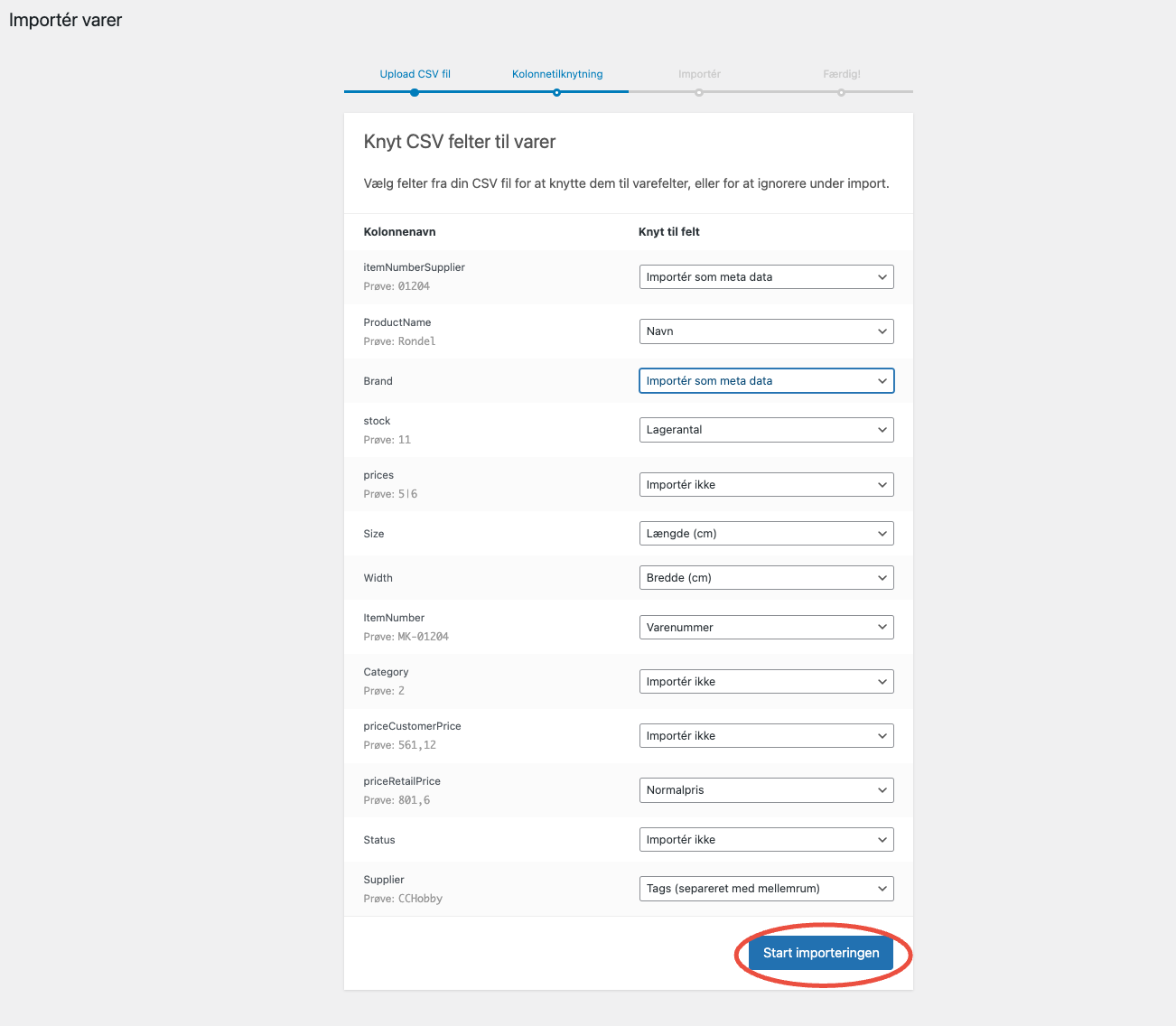
- Review and confirm field mapping: Take the time to review the import settings and make sure everything is in order. When everything looks right, confirm the import and watch your product data seamlessly populate your WooCommerce shop.
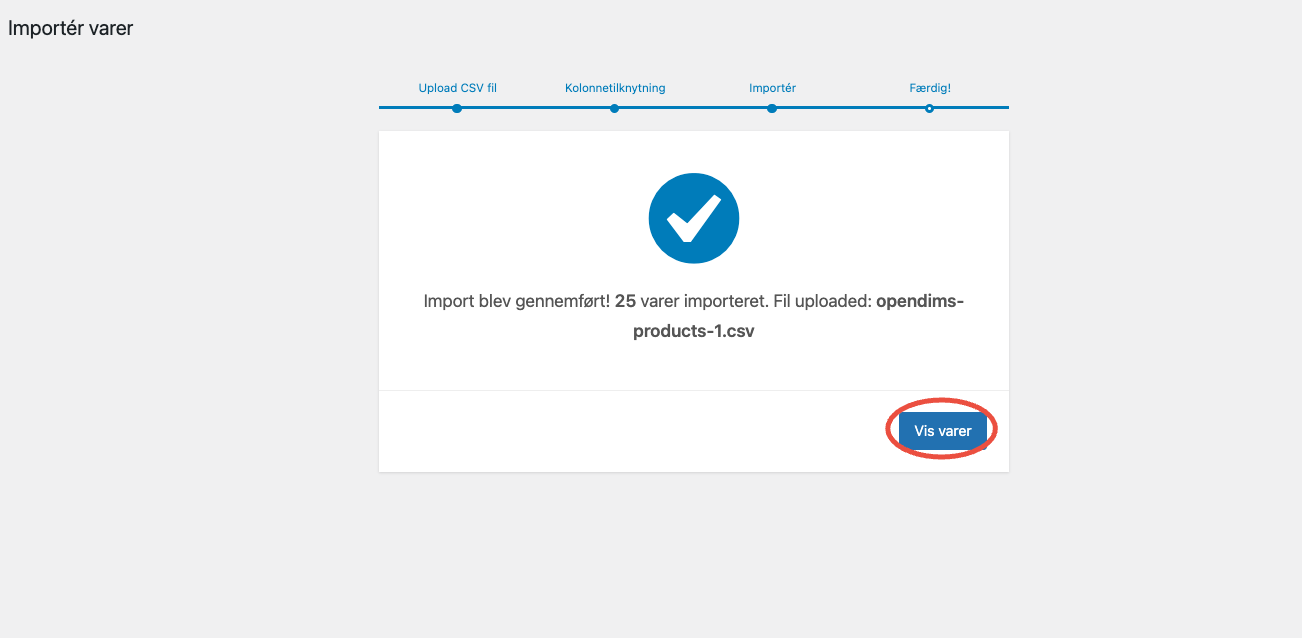
- Enrich your product data: Now that your products are available in your WooCommerce account, you can add additional information as needed. However, keep in mind that while you can have your product data in your store, its purpose shouldn’t be to be the single source of truth for your data. Maintain a separate product database from which you can continuously import and update the data in your WooCommerce shop.
Import to WooCommerce with a PIM tool
Now that you know the direct import process on the WooCommerce platform, let’s see how you can import your product data when using a PIM tool. Note: As we are experts in the PIM module in OpenDIMS, we will use OpenDIMS as an example here. Contact the PIM provider you are considering using to see how you can import your product data from PIM to WooCommerce. Previously, you had to keep and maintain a spreadsheet as your product database and then use it to import the data into your WooCommerce. A PIM effectively replaces your spreadsheet. The use of a PIM (or Product Information Management) tool acts as the central source for all your product data. From here, you can export all your enriched and accurate data to any e-commerce platform you need. For WooCommerce, there are 2 main ways to get your data from PIM to your store.
- Manual handling Start by logging in to your OpenDIMS account. Upload your product data to OpenDIMS and use the platform’s intuitive interface to enhance and enrich your product information. Once your data is polished and enriched within OpenDIMS, export it in a compatible format like CSV or Excel. From here, you will complete the import into your WooCommerce with the same steps we discussed for the built-in feature. Exporting product data from OpenDIMS to WooCommerce
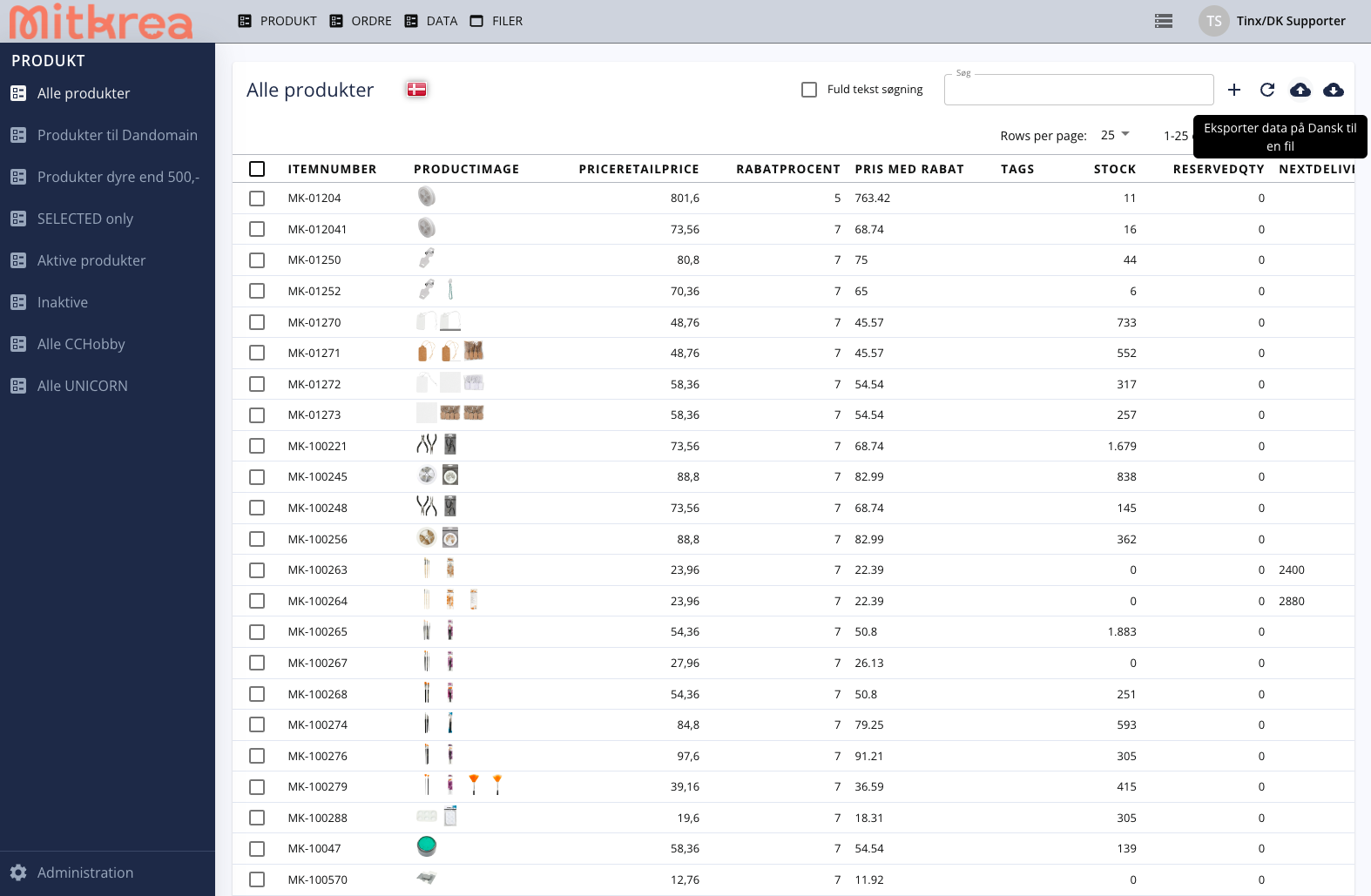
- Using a plugin combined with OpenDIMS channel Although the built-in import feature works well, you can also use a plugin called “WP All Import” to help automate the process. To do this, you need an OpenDIMS account with at least 1 output to a product feed. A product feed is basically a live link where all your product information is sent in a CSV or XML format. How to connect OpenDIMS and WP All Import After installing the plugin, it will appear in your WooCommerce tab as “All Import.” Click on it and you will see three options for how to import your data. You can choose between uploading a file, using a previously uploaded file or downloading from a URL. How to set up automated uploads From here you will be able to use the product feed URL you created with OpenDIMS and adjust your settings to continuously run updated information from the PIM to your WooCommerce.
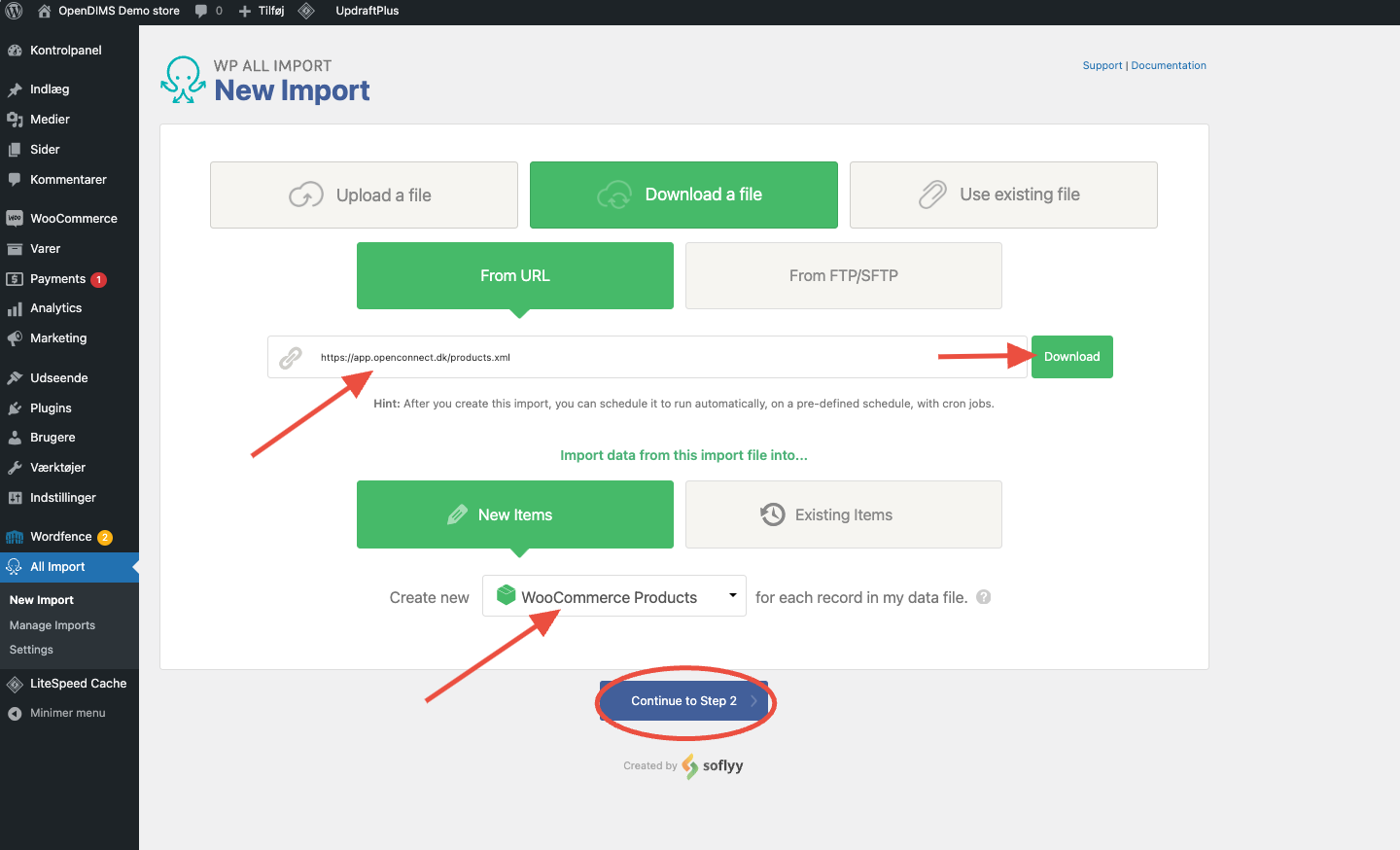 You can now select the data you want transferred to your products when updating or creating:
You can now select the data you want transferred to your products when updating or creating: 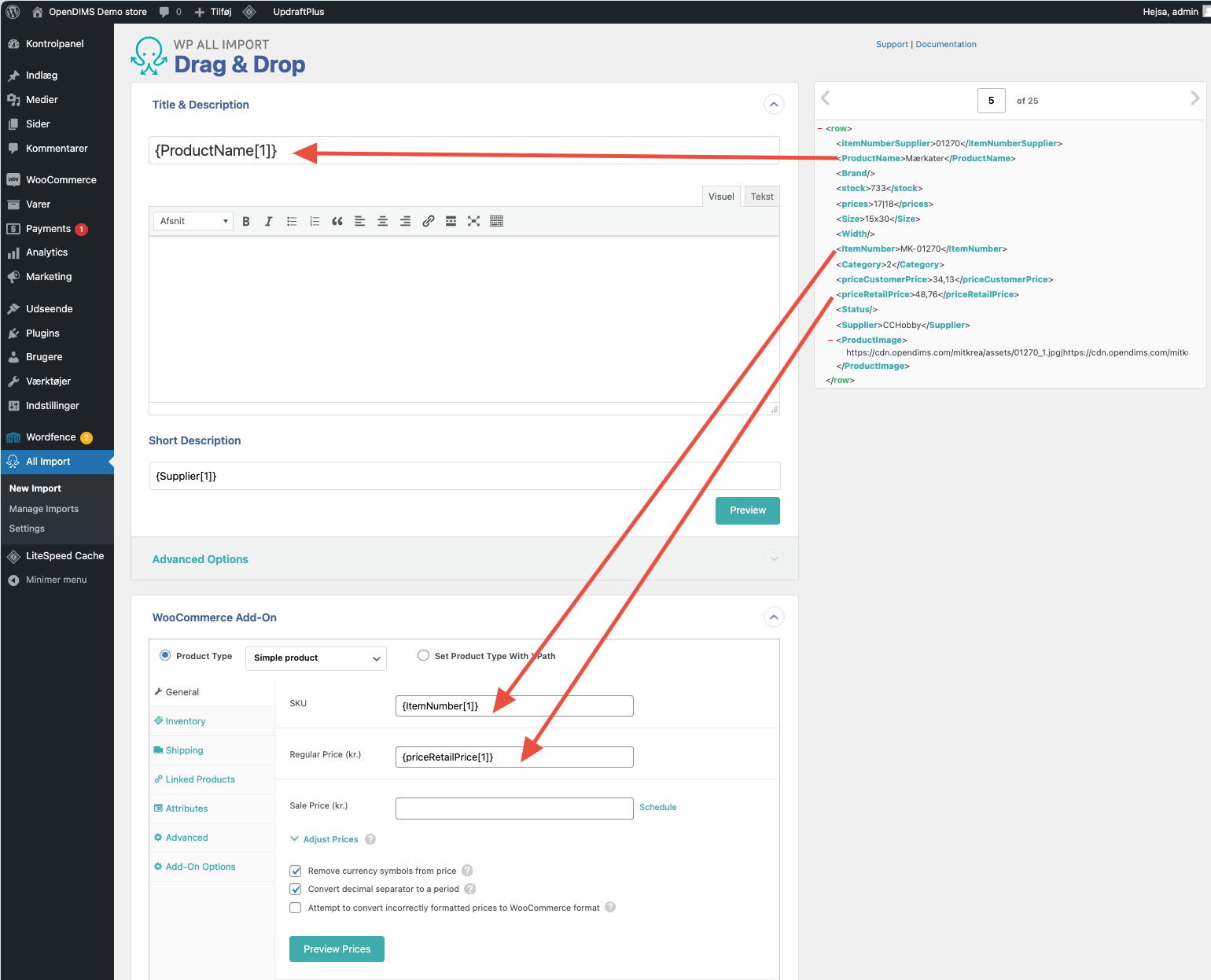
- Troubleshooting and best practices As you continue to import and manage product data into your WooCommerce, it’s important to be aware of potential challenges and adopt best practices.Data quality check: Perform regular quality checks on your product data. Make sure your data is accurate and consistent so you can provide a seamless experience for your customers. Back up your data: If you use spreadsheets, create backups of your existing data before making any imports or updates. This precautionary step can save you a headache in case something goes wrong. Stay informed about updates: Stay up to date with the latest features in WooCommerce and OpenDIMS. By doing so, you can take advantage of new features and tools that can help you improve your product management processes.


